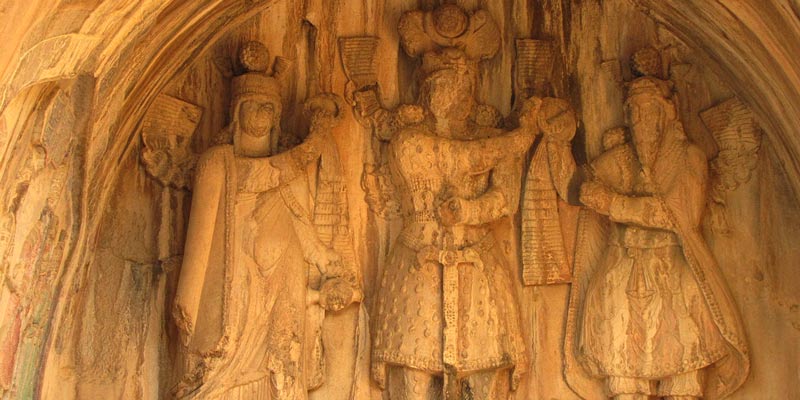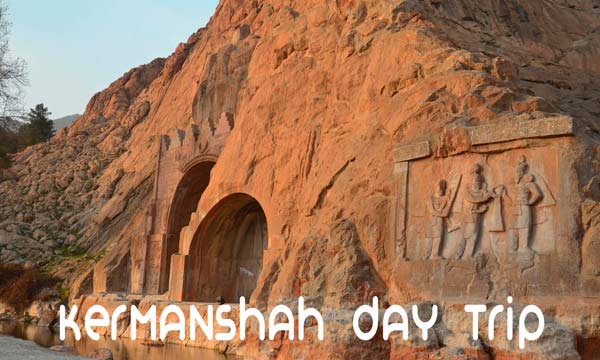Kermanshah is a city located in western Iran. It is the capital of Kermanshah Province and one of the largest cities in the region. Kermanshah has a rich history and was an important center of the ancient Persian Empire. Today, the city is known for its diverse cultural heritage, which includes a mix of ancient historical sites, beautiful natural landscapes, and vibrant local culture. Some of the notable attractions in Kermanshah include the Bisotun UNESCO World Heritage site, the Taq-e Bostan rock reliefs, and the Behistun Inscription, an ancient Persian text written in cuneiform script. The city is also a hub for traditional arts and crafts, such as weaving, pottery, and carpet making.
Bisotun
Bisotun is an ancient monument located near the city of Kermanshah, Iran. It is one of the largest rock reliefs in the world and is designated as a UNESCO World Heritage site. Bisotun is famous for its inscriptions and rock reliefs, which provide important information about the ancient Persian Empire and the reign of King Darius the Great. The most famous of these inscriptions is the Behistun Inscription, which is written in three different languages: Old Persian, Elamite, and Babylonian. The inscriptions and reliefs at Bisotun depict scenes from the life of King Darius, including battles, hunts, and official ceremonies. Visitors to Bisotun can admire the impressive rock carvings, learn about the history of the Persian Empire, and explore the beautiful natural scenery surrounding the monument.
Taq-e Bostan
Taq-e Bostan is a series of rock reliefs located near the city of Kermanshah, Iran. The reliefs depict scenes from the Sassanian era of Persian history, including images of Persian kings and mythical creatures. The largest and most famous of the reliefs is a depiction of King Khosrow II, who is shown on horseback, accompanied by his queen and court officials. The reliefs at Taq-e Bostan are considered some of the finest examples of Sassanian art, and are known for their intricate details and well-preserved state. The site is also surrounded by beautiful gardens and pools, making it a popular destination for visitors to the Kermanshah area. Taq-e Bostan is a unique cultural heritage site that provides insight into the rich history and culture of ancient Persia.
Tekiyeh Moaven al-Molk
Tekiyeh Moaven al-Molk is a historical building in Kermanshah, Iran. It is a large tekyeh, or religious mourning center, used by the Shia community to commemorate the martyrdom of Imam Hussein, the grandson of the Prophet Muhammad. The tekyeh was built in the late 19th century and is one of the largest and most ornate examples of traditional Persian architecture in the region. The building features a central dome, elaborate tilework, and colorful frescoes and paintings. Visitors to Tekiyeh Moaven al-Molk can admire its beautiful architecture and learn about the cultural and religious significance of tekyehs in Iran. The tekyeh is still used for mourning ceremonies and is an important part of the local religious and cultural heritage.



